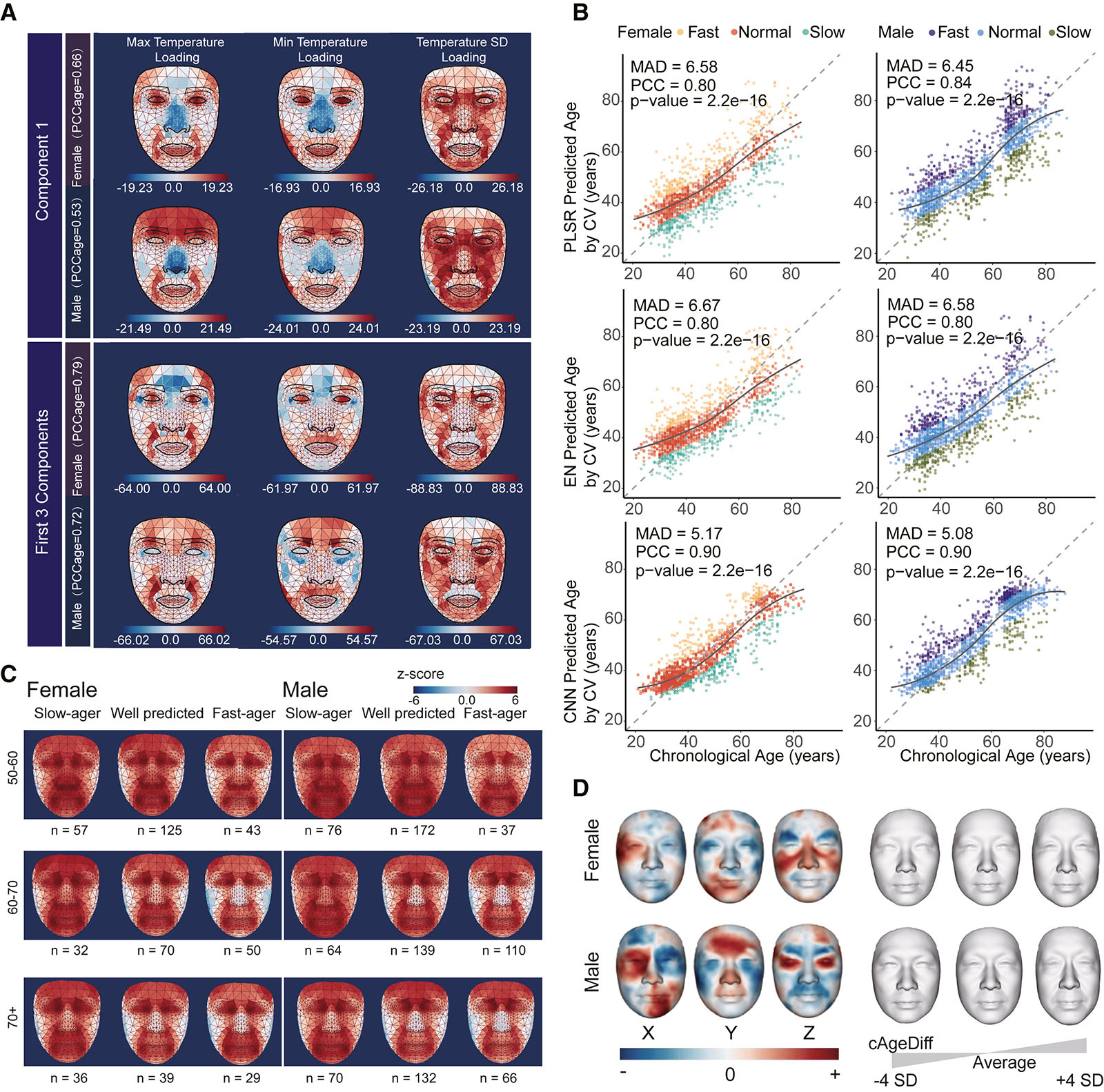![]()
Researchers from Peking University in China have found that thermal imaging of a patient’s face may offer critical insights into their health, laying the groundwork for the potential of thermal cameras becoming a part of a routine check-up at the doctor’s office.
The novel thermal camera system, “ThermoFace,” measures the complex heat distribution across a person’s face. After analyzing thermal face images from nearly 3,000 people aged 20 to 90 years old, the researchers found notable patterns in how people’s thermal signatures change as they age. For example, as people age, their noses and cheeks get relatively colder, while regions around the forehead and eyes generally get warmer.

Researchers also found that when a person’s so-called “thermal age” differs from their actual age, it can offer insights into potential health issues with the patient. ThermoFace has shown effectiveness in detecting metabolic diseases, including hypertension or fatty liver disease. Per the study, ThermoFace predicted metabolic diseases with high accuracy (AUC greater than 0.8).
“Aging is a natural process. But our tool has the potential to promote healthy aging and help people live disease-free,” says study author Jing-Dong Jackie Han of Peking University in Beijing.
The researchers also discovered interesting results concerning lifestyle factors and thermal age. Those who self-reported that they tend to sleep well showed a younger thermal age than those who reported unhealthy sleeping habits. Further, volunteers who participated in a short-term exercise program showed significant thermal age reductions.

The connections between actual age, biological age, and overall health are intricate and complex, but the study demonstrates promise concerning thermal imaging as a barometer of overall health. As StudyFinds describes, ThermoFace may provide people with “a literal picture” of their biological age.
“We hope to apply thermal facial imaging in clinical settings, as it holds significant potential for early disease diagnosis and intervention,” Han adds.
The complete research paper, “Thermal facial image analyses reveal quantitative hallmarks of aging and metabolic diseases,” was published in Cell Metabolism earlier this month.
Image credits: Included figures are from ‘Thermal facial image analyses reveal quantitative hallmarks of aging and metabolic diseases,’ by Jing-Don Jackie Han, Zhengqing Yu, and others. Header photo licensed via Depositphotos.
